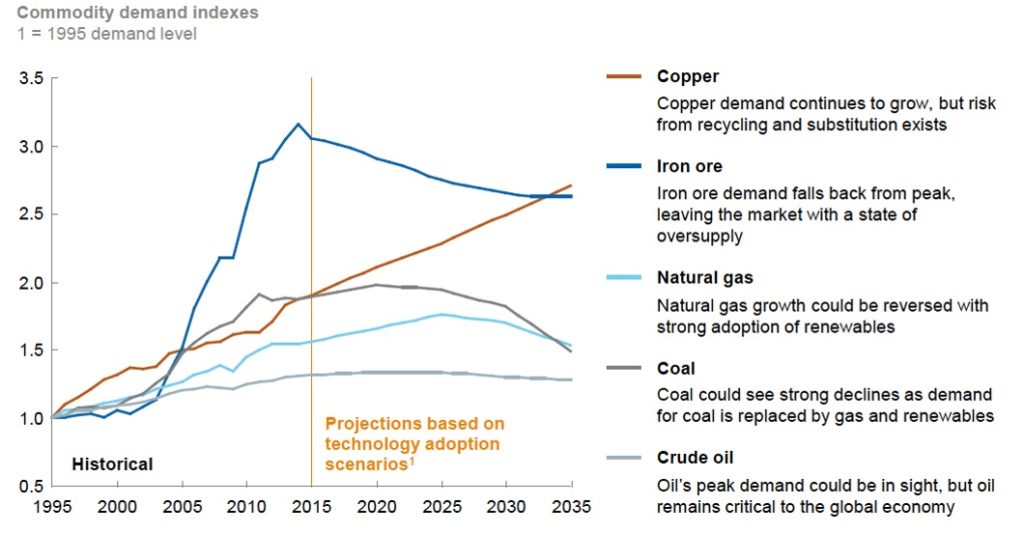The European Copper Institute (ECI) and the International Copper Association (ICA) held a successful breakfast workshop in Brussels to discuss the key role of life cycle data in achieving a shift toward a more sustainable world on 31 January 2018.
Highlighting recent industry efforts in this field, including key new pieces of data on LCA and LCI, the workshop demonstrated the strong sustainability profile of copper and its essential role in capturing the opportunities of the energy transition. In addition, the session opened a dialogue with European policymakers, industry representatives and academia about how to collaborate further. More than 30 people attended the event, including several Copper Alliance members, six European Commission representatives, three EU permanent representatives, and members of academia.
Bernard Respaut, Chief Executive of the European Copper Institute, served as moderator for the day. He stressed copper’s significant role in the transition to a low-carbon economy and highlighted efforts of the copper industry in this field, such as the recently launched Copper Environmental Profile and the annual publication of the copper industry’s Stocks and Flows Data and Sustainable Indicators.
ICA’s Director on Health, Environment & Sustainable Development, Andrea Vaccari, followed, outlining the copper industry’s commitment to sustainability and reminding the audience that partnerships between industry, academia and governments are essential for the advancement of global thinking on environment and sustainability. She stressed that sharing relevant and timely data to enable analysis and serve as a foundation for life cycle thinking is critical to a rapid transition.
Panelist Michele Galatola, Product Team Leader at DG Environment in the European Commission, welcomed the copper industry’s involvement to date and its close cooperation with policymakers, in particular the active participation in the European Commission’s Product Environmental Footprint (PEF) initiative, a pilot project aiming to set rules at EU level on how to measure and better compare the life cycle environmental performance of products. According to Galatola, the recent publication of the Copper Environmental Profile marks the beginning of a “long but absolutely necessary journey.”
Dr. Jörn Mühlenfeld, Environmental Manager at Aurubis, provided an overview of his company’s activities, highlighting Aurubis’s increasing ability to close the loop on difficult to recycle items such as smart phones. For Aurubis and others, life cycle data is crucial to making informed decisions about impact and to identifying areas for future improvement, e.g., in product design.
Also part of the panel, Prof. Dr. Sonia Valdivia, Programme Manager at the World Resources Forum, focused on the key role of Chile and Peru in global copper production. She added that recycling of metals, including copper, is not just happening in developed countries but also in developing countries. Due to rather weak enforcement rules, more than 90 percent of this recycling is currently done informally, an issue the World Resources Forum is working to tackle. She joined the call for more transparency and underlined the need to “track, record and link information” and have openly available interoperable data.
A lively discussion followed the formal presentations on topics ranging from circular economy to green metals.
Available resources
Copper Environmental Profile (LCA)
Long-term Availability of Copper
Workshop presentations:




